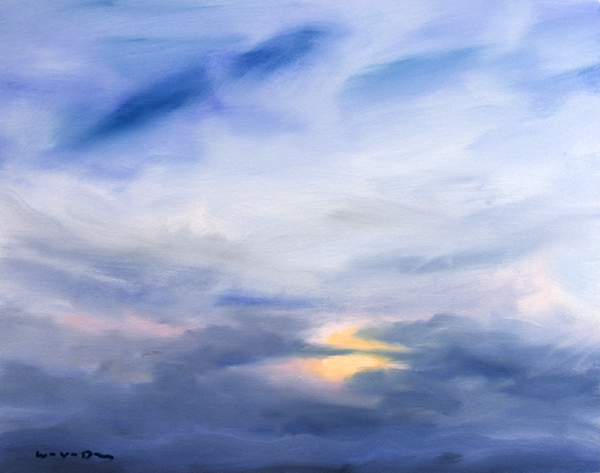 William Theodore Van Doren. Stony Point, Albemarle County, Va. Oil on paper, 16 x 20.
William Theodore Van Doren. Stony Point, Albemarle County, Va. Oil on paper, 16 x 20.
Walking through a dense passage in the woods today, basically a long-overgrown jeep trail, almost everything a variation on green, plus sun and shade making two versions of each green, and having to keep my head down to get under or around all the young trees, I looked up and was startled by a blazing red sort of star resting on some bending branches of ironwood, just below eye level.
My very initial reaction, even though this thing was not magenta or orange, was, why would someone have tied a plastic property marker here of all places? In property terms, this was the middle of nowhere, almost but not quite by the river (north fork of the Rivanna) – maybe 50 yards shy of it.
Anyway, that was a fraction of a fraction of a second. The star was a fallen leaf of a Virginia creeper vine, already turned blazing scarlet with just a little residual green in a couple of places, a hint of red violet behind the scarlet, and missing one of its five long leaves. The young death of the leaf, its still supple shine, made the red that much more brilliant.
So, on further consideration, and because it was so completely different from everything else around it, the star on the ironwood looked like an asterisk, put there in the most attention-getting possible way. It looked even more like an asterisk than an asterisk normally does, because, with its color, it was literally so exceptional.
What would the footnote say, to which this asterisk referred. I figured with its autumn fire in high summer the creeper was indicating something about time.
* * * *
I hope I don’t get wound up here in strained comparisons or become guilty of attempted poetry, but I couldn’t help thinking too about the sun. The ultimate bullet.
* * * *
In trying to check against my identification of the ironwood (or hophornbeam) tree – leaves nearly like a beech but the young bark not pale, more steely gray – I had to settle for the National Audubon Society Field Guide to North American Trees. It’s helpful, but I was looking everywhere for one of my favorite discoveries, what I consider the best single tree identification source for this part of the world, Tree Finder: A Manual for the Identification of Trees By Their Leaves, by May Watts. One of the great pleasures of this book is its amazingly rigorous system, which allows for the differentiation of almost every eastern tree in a little pocket-sized guide – hardly bigger than a pamphlet – for $3.95.
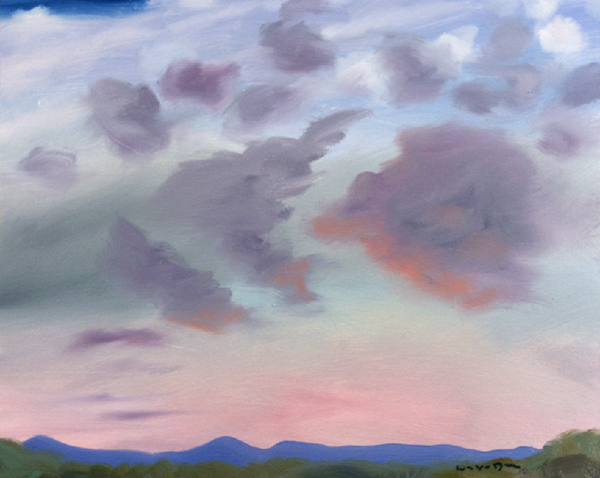 William Theodore Van Doren. Stony Point, Albemarle County, Va. Oil on paper, 16 x 20.
William Theodore Van Doren. Stony Point, Albemarle County, Va. Oil on paper, 16 x 20. Monday, July 27, 2009 at 09:22PM | by
Monday, July 27, 2009 at 09:22PM | by  BVD | in
BVD | in  Sunset Paintings | tagged
Sunset Paintings | tagged  ADHD,
ADHD,  Albemarle County,
Albemarle County,  Blue Ridge,
Blue Ridge,  F. Daniel McClure,
F. Daniel McClure,  Stony Point,
Stony Point,  The Van Doren Company,
The Van Doren Company,  divorce,
divorce,  parenting,
parenting,  “Wednesday Evenings and Every Other Weekend” | | Comments Off
“Wednesday Evenings and Every Other Weekend” | | Comments Off 
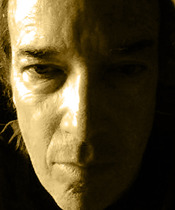
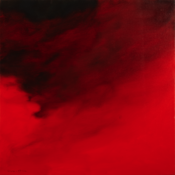
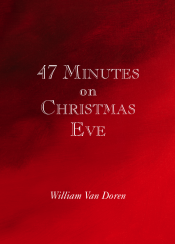
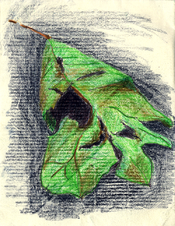

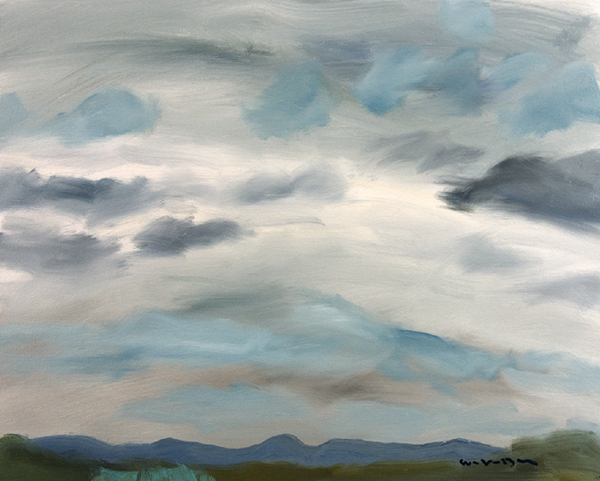
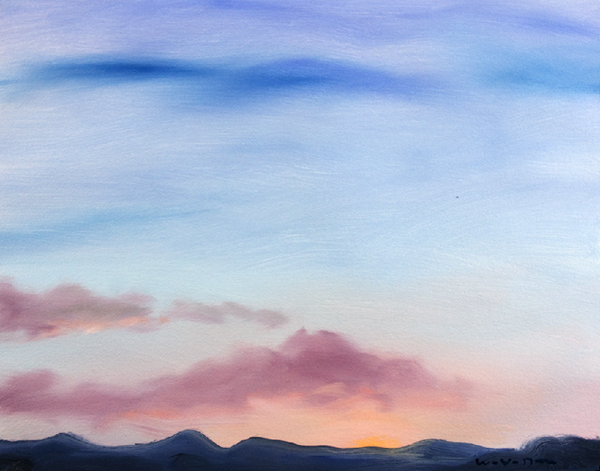


Sunset, Friday, 24 July 2009
I got introduced lately (thanks to Aime Ballard-Wood) to a superfine blog called Sweet Juniper! (exclamation mark theirs, not mine, although ... I would have been happy to add one). I really don’t think I’m the last person in the world to find out about it, quite.
I’ve only scratched the surface of this rich rich site, but I think it’s written and photographed by James D. Griffioen, with occasional posts by his wife, who pens under the name Wood. I love the blog’s sensibility, the flowing and wide-ranging connections it makes, the feeling that there’s so much creative energy, love, irreverence, reverence and intelligence behind it that anything can and probably will happen.
Before I mention the thing that got me going today, I want to recommend posts on alphabet books JDG has made for his kids – this very funny account of his book of Greek letters contains links to the others – and to second his enthusiasm for the group Heartless Bastards. The two videos he posts from SXSW should win you over.
Feral houses. That’s what Griffioen calls abandoned houses that are overgrown and falling apart. He lives in Detroit, so he’s ‘got a million of ’em’ – and seemingly almost that many photographs, of houses and amazing larger buildings, even an abandoned zoo.
I won’t try to recap his riff on why these houses are ‘feral’ – except his comment that they’re returning to a wild state made me think about the attraction ruins have always had for artists, whether it’s someone like my man Corot going off to Rome or your grandpa painting an old barn. It occurred to me that I’ve never read anything about the source of the appeal. (That’s probably because I don’t get around much – seriously.) But I guess it’s just sort of assumed that these places are obviously ‘picturesque’ and/or, maybe, that their association with the past makes them ‘romantic’.
As Griffioen says, these houses start to return to nature:
For a long time, I’ve thought the artistic appeal of ruins was simply that: they become more integrated with the environment, they show a natural process at work. Now I see two other related aspects.
First, the art process, by definition, tends to unite anything it renders, such as any building, old or new, with everything else around it – that’s in the nature of style. Ruins are great because they’re already halfway there.
Second, a ruin contains time.
So, strange to say, even though it’s about the past, and time, it’s not about what the buildings once were. It’s all about what they now are.